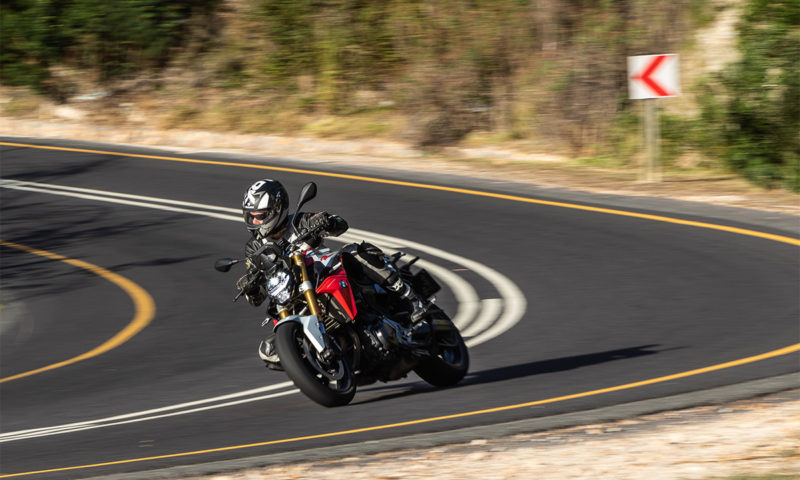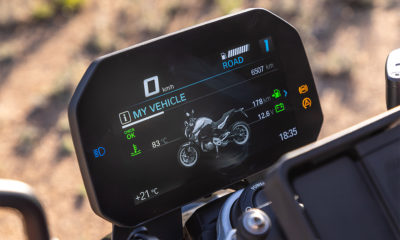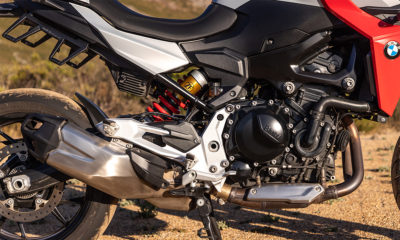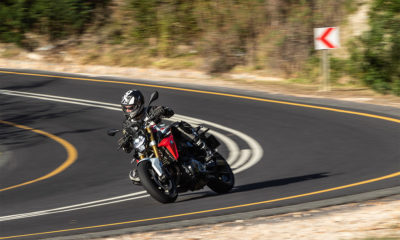There are many parallels between the automotive and motorcycle manufacturing worlds. Yet, several experiences are unique to motorcycles. When it comes to BMW M cars, many of us might have an engine in mind (maybe an in-line six-cylinder), but when we consider BMW Motorrad’s motorcycles, this is not quite the case. Yes, a large-capacity BMW GS motorcycle has always been equipped with a boxer engine but move to the smaller capacity GS motorcycles and it’s a different story. It’s the same with BMW’s road bikes.
The F 900 R and F 900 XR are mechanically nearly identical but fitted with an in-line two-cylinder engine. The cylinders sit upright and develop 77 kW at 8 500 r/min and 92 N.m at 6 500 r/min. We spent time with both and yes, the XR will be more comfortable on the open road thanks to the additional fairings at the front, the windscreen and a quickshifter fitted to our test bike. However, it was the naked R we fell in love with. Offered in three exterior colour options, our test unit arrived in Hockenheim Silver Metallic and Racing Red. The gold, anodised front forks are another visual highlight. Motorrad’s designers have done an excellent job, although, we would have tidied up the tail of the rear number-plate assembly to give the bike a cleaner stance.
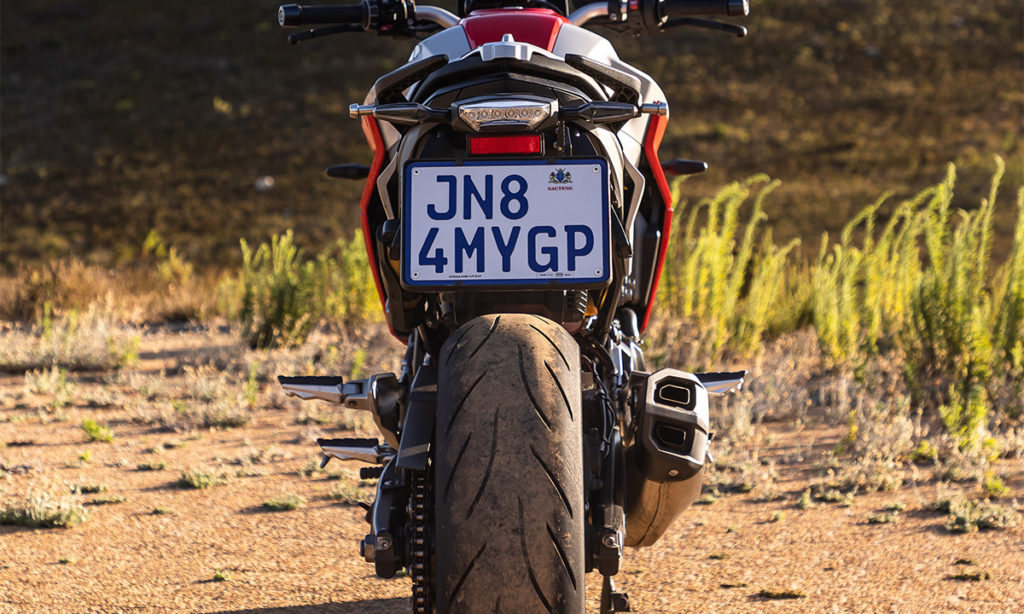
Apart from that, the minimal panels and the polished exhaust make for a modern design. It may be a naked bike but upfront, the small (red) fairing lends some added aggression together with the lower fairing in the same colour. Don’t be fooled by the optional small grey cover over the pillion seat. This is attached with rubber bands and can be removed in mere seconds. It is one of the easiest bikes to climb onto thanks to a seat height of just over 800 mm. The high-tech, modern information screen adds to the minimalist look that has become the norm on more expensive motorcycles. Without a windscreen, you have an unobstructed view of the tarmac. The clutch and gearshift are easy to operate and even at low revs, the engine is surprisingly tractable up to 4 000 r/min. Heading up Franschhoek Pass, it became evident the engine is happiest between 4 500 and 8 000 r/min. At a glance – particularly as speed increases – it seems the redline is around 8 000 r/min, but the screen plays a little trick as it is actually higher, in the region of 8 500 r/min.
I kept the throttle pinned all the way to the redline and enjoyed those last few revs but it’s just as much fun to change up early and experience the full force of the torque from the two-cylinder engine. The seat offers a comfortable base for your bottom and manoeuvring through the corners is easy. The ABS braking system felt strong in all scenarios but it can be switched off if you prefer to ride without ABS.
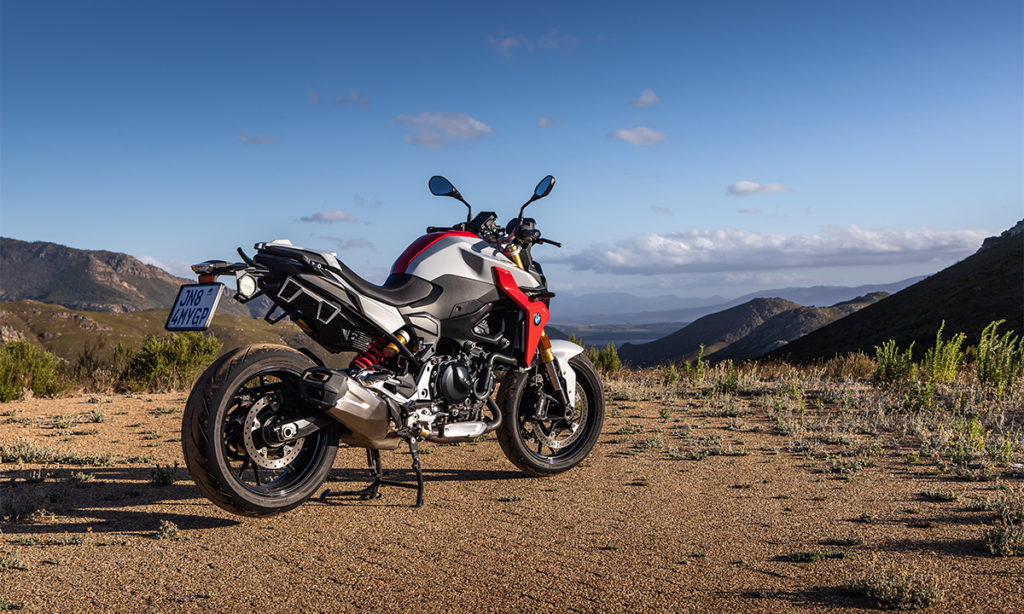
Wind buffeting can become an issue with naked bikes but that is surely part of their appeal? At higher speeds, the acceleration does taper off, although by the time it happens you will have most likely arrived at the end of the straight and need to tip the bike into a corner.
The information on BMW’s high-quality TFT display is extensive with battery voltage and a full trip computer. More importantly, though, is its connectivity with your phone and helmet. There are special Road and Rain mappings for the engine and the suspension can be set to Road or Dynamic. Opt for the quick shifter (or as BMW calls it: Gear Shift Assist Pro) as it enables clutchless gear changes except when pulling away at very low engine speeds.
Specifications
Price: R196 700
Engine: 2-cyl, 4-stroke, liquid-cooled
Displacement: 895 cm3
Power: 77 kW @ 8 500 r/min
Torque: 92 N.m @ 6 500 r/min
Trans: 6-speed
Tyre sizes: 120/70 ZR17 (f); 180/55 R17 (r)
Frame: steel shell construction
Seat height: 770-865 mm
Fuel tank: 13 litres (3,5 litre reserve)
Fuel cons (on test): 5,20 L/100 km
Mass: 211 kg





